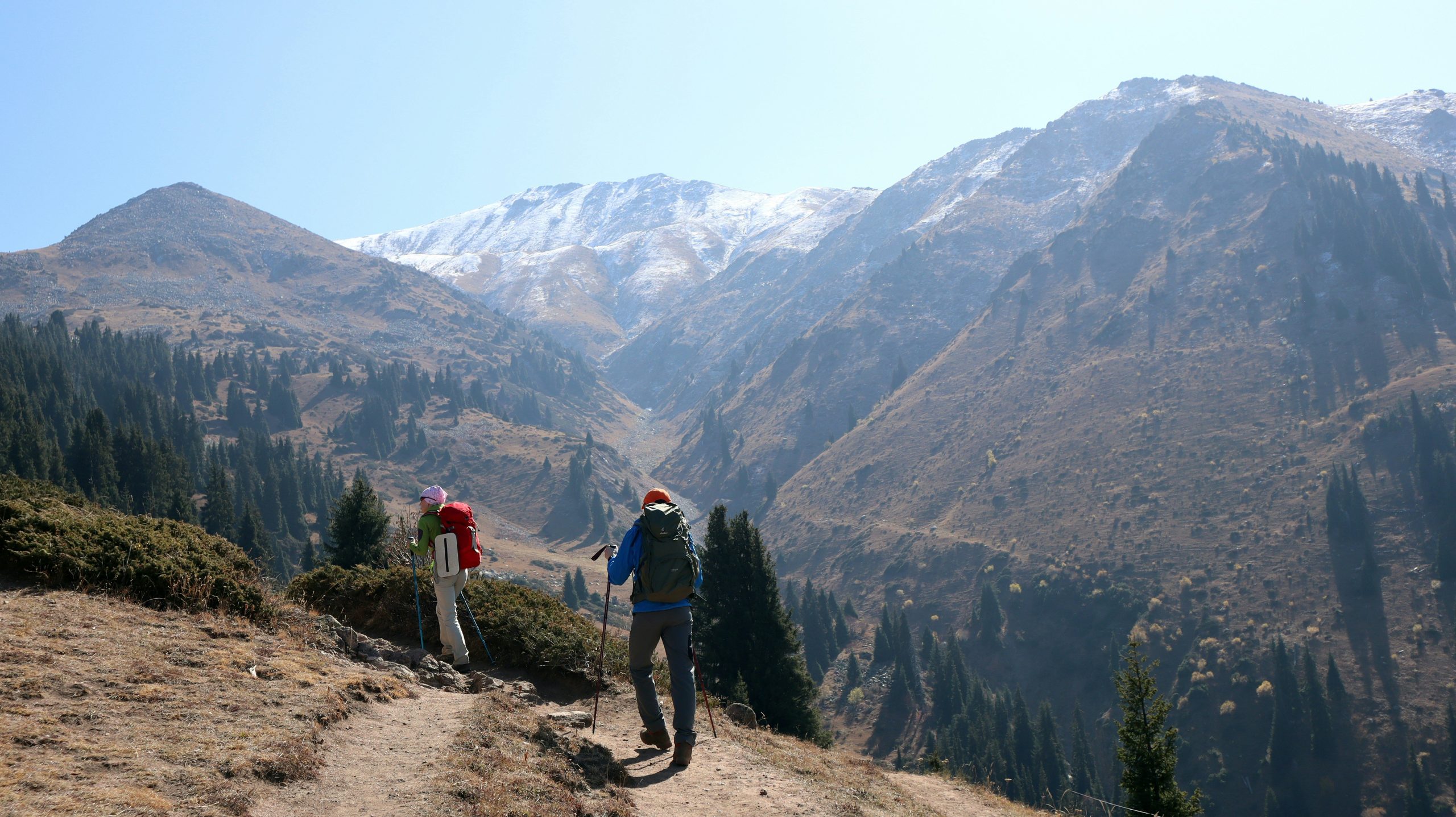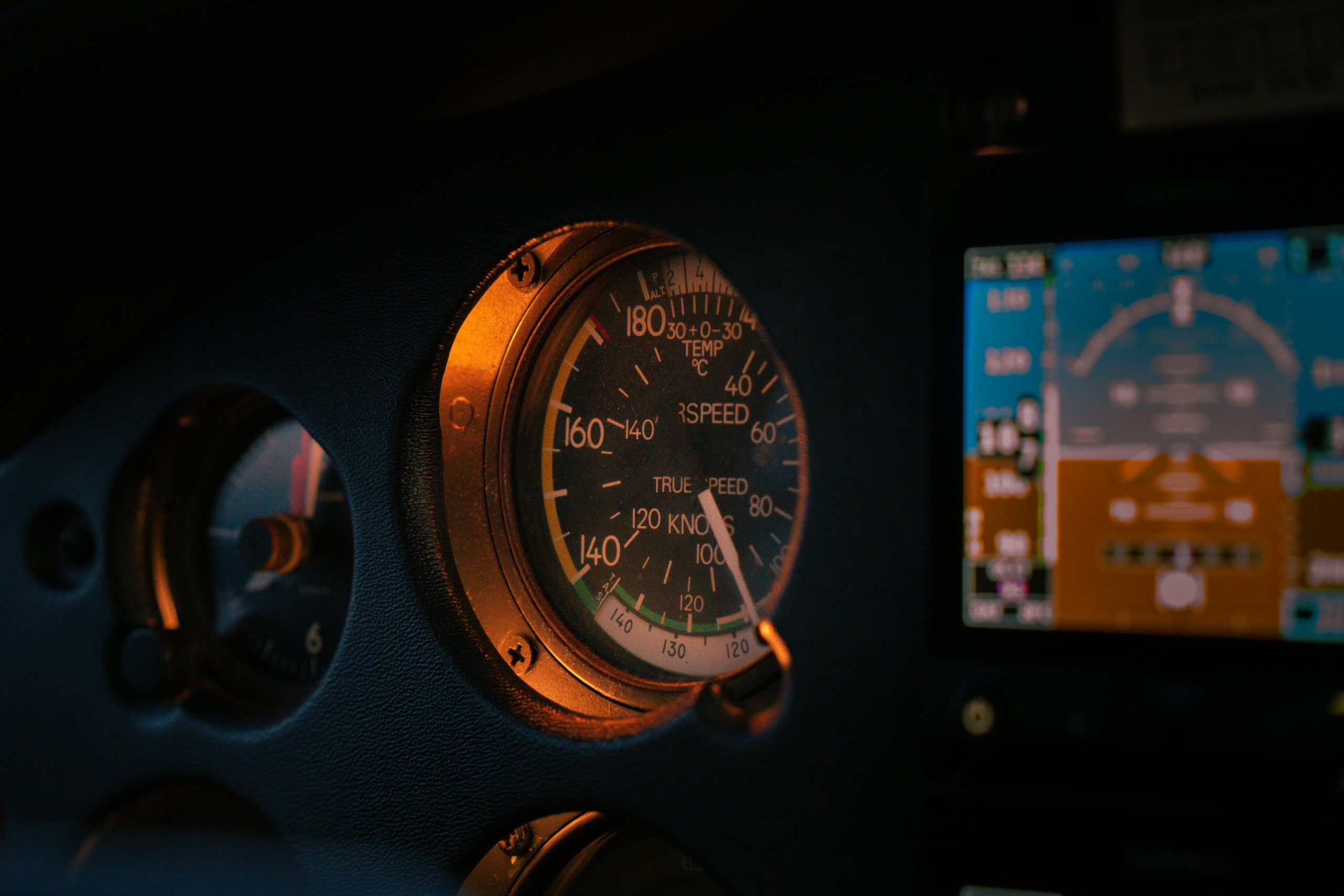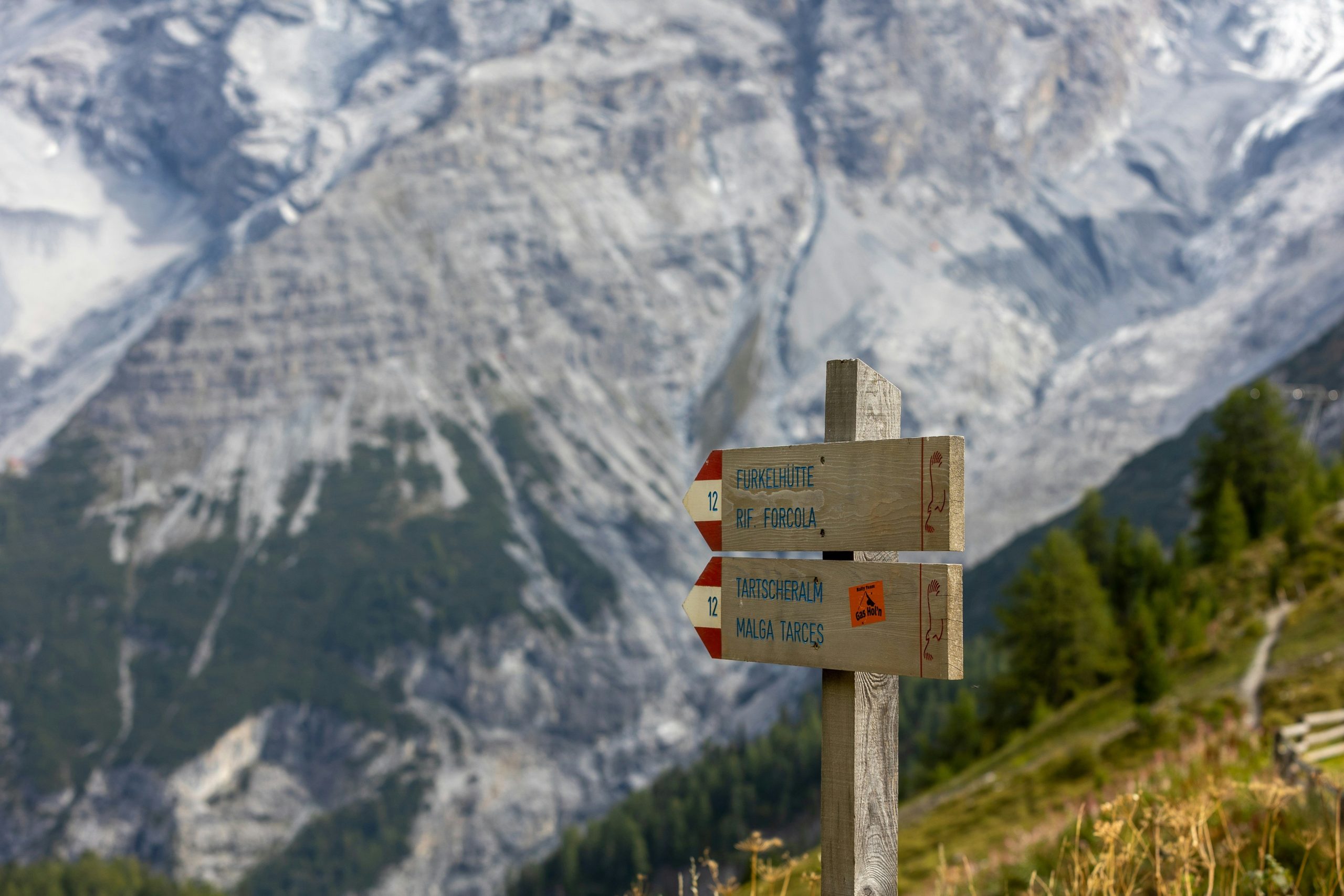Ever been halfway up a trail and realized your map app is as useless as a chocolate teapot in July? You’re not alone. Hiking tools are essential for adventurers, but did you know that watch altimeters—a subcategory of wearable tech—can elevate your outdoor experience to legendary status?
In this post, you’ll discover:
- The importance of hiking tools like watch altimeters.
- A step-by-step guide to choosing the best one.
- Tips for mastering these gadgets without breaking a sweat (or your budget).
Table of Contents
- The Problem with Traditional Hiking Tools
- How to Choose the Best Watch Altimeter: A Step-by-Step Guide
- Top Tips for Using Your Watch Altimeter Effectively
- Real-Life Success Stories from Hikers Who Rely on Altimeters
- FAQs About Watch Altimeters and Hiking Tools
Key Takeaways
- Watch altimeters provide real-time elevation data, replacing bulky traditional gear.
- Selecting the right device involves balancing features, durability, and price.
- Use these GPS-powered hiking tools correctly to avoid common pitfalls like battery drain.
What’s Wrong with Traditional Hiking Tools?
“Optimist You:” Just grab a compass and a topo map—it’s timeless!
“Grumpy You:” Ugh, no thanks. I want my tech compact, lightweight, and waterproof. Oh, and it better have Bluetooth.

Let’s face it: Paper maps and clunky altimeter devices feel ancient compared to today’s wearable technology. Even GPS units, while helpful, can weigh down your pack. And don’t even get me started on those “water-resistant” models that mysteriously malfunction during rainstorms.
I once spent two hours recalculating elevation manually because my phone died. Spoiler alert: The climb wasn’t worth it, and neither was the headache. Since then, I’ve sworn by watch altimeters—a sleek solution that keeps everything you need on your wrist.
How to Choose the Best Watch Altimeter: A Step-by-Step Guide
Finding the perfect altimeter watch isn’t rocket science, but it does require a bit of research. Follow these steps:
Step 1: Define Your Needs
- Are you a casual weekend hiker or a hardcore mountaineer?
- Do you prioritize accuracy over aesthetics?
Step 2: Check Key Features
- Battery Life: Will it last through long treks?
- Water Resistance: Can it survive dunking in creeks?
- Compatibility: Does it sync with apps like Strava?
Step 3: Read Reviews
Not all watches are created equal. For example, Brand X might promise stellar accuracy but struggle with GPS signal loss in dense forests. Meanwhile, Brand Y could be the golden retriever of hiking tools—loyal, reliable, and slightly drooly when it rains.

Step 4: Try Before You Buy
If possible, test out a few options at your local outdoor store. Feeling the weight, adjusting the fit—it’s like picking avocados; only buy if they feel just right.
Top Tips for Using Your Watch Altimeter Effectively
- Calibrate Regularly: Weather changes can mess with pressure readings. Don’t be lazy—update your settings!
- Save Data Offline: Cellular signals vanish faster than snacks on a camping trip.
- Monitor Battery Usage: Bright screens are cool but will kill your charge in record time.
Rant Break:
Why do some brands design their products with tiny buttons?! It’s impossible to operate them while wearing gloves—or, ya know, having regular human-sized thumbs. Fix it, people. Chef’s kiss frustration mode activated.
Real-Life Success Stories from Hikers Who Rely on Altimeters
Jenna, a seasoned backpacker, swears by her watch altimeter. She recounts how it saved her group during a foggy ascent in the Rockies. Without visibility markers, her watch provided critical updates about altitude gain, helping them reach safety before nightfall.
Another case study comes from Mark, who uses his altimeter to train for ultramarathons. By tracking elevation gain and distance simultaneously, he shaved minutes off his personal records—all thanks to smart hiking tools integrated into his daily routine.

FAQs About Watch Altimeters and Hiking Tools
Q: Can I rely solely on my watch altimeter?
Absolutely—as long as it’s calibrated properly and backed up by other navigation tools.
Q: Do all watch altimeters work via GPS?
Nope. Some use barometric pressure sensors instead. Both methods have pros and cons.
Q: Is there such a thing as a “terrible tip”?
Yup. Never ignore terrain maps entirely—even if you’ve got top-notch hiking tools. Technology fails sometimes, so always bring a backup plan. Lesson learned the hard way when my buddy relied *only* on his smartwatch and ended up lost for three hours…
Conclusion
So, whether you’re scaling peaks or exploring forest trails, investing in high-quality hiking tools like watch altimeters is a decision you won’t regret. They’re small, mighty, and chef’s kiss perfection for modern adventurers.
To recap:
– Replace outdated gear with smarter alternatives.
– Choose wisely based on needs and features.
– Use and maintain them responsibly.
Now go forth and conquer those summits!
P.S. Remember, hiking tools are only as good as the adventurer wielding them. Channel your inner Bear Grylls—but maybe skip the bug-eating part.
Haiku Bonus:
Climb steep mountains high,
Smart watch guides each rocky step,
Nature meets tech’s glow.

